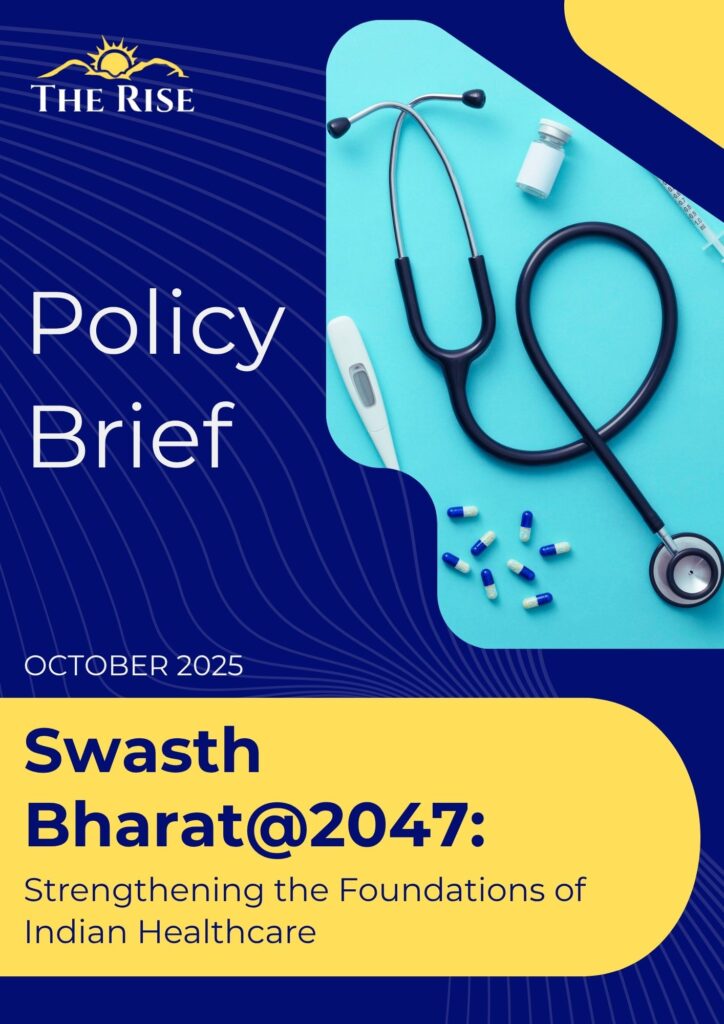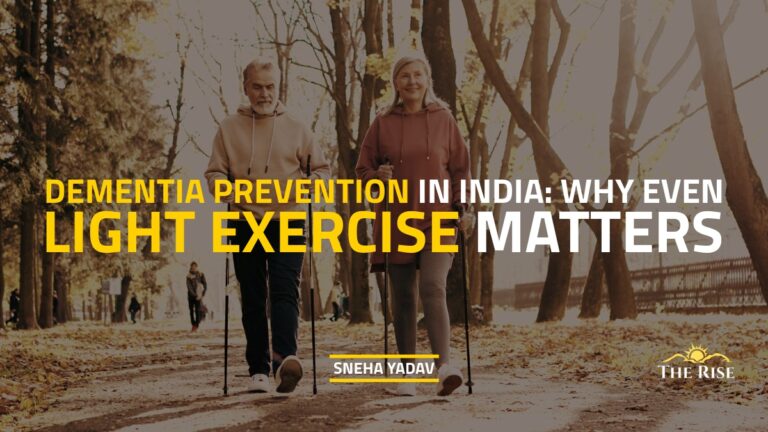
Health is considered one of the most significant social risks globally. In India, health shocks continue to be a leading cause of poverty. Households in India still spend around 50–52% of their total health expenditure from Out-of-Pocket Expenditure, compared to 8–9% in France, 10–11% in Thailand, and 12–13% in Japan. Public spending on health is a concern, as only 1.97% of the total government expenditure is allocated to the Ministry of Health and Family Welfare, according to the 2025 Union Budget. This indicates that the involvement of the central government in healthcare spending remains limited.
While Ayushman Bharat scheme covers up to ₹5 lakh for hospitalizations, PM-JAY has become the largest health insurance scheme in the world. This scheme aims to cover the medical expenses for poor and vulnerable groups across India, based on the deprivation and occupational criteria of the Socio-Economic Caste Census (SECC 2011) for rural and urban areas, respectively.
However, most of the Primary Health Centres (PHCs) remain underfunded, turning preventable illness into high-cost hospitalizations. The growth of private hospitals has further increased patients’ medical expenses.
Globally, there are alternative models, such as Brazil’s free Universal SUS system, France’s Universal Health Coverage system, and Taiwan’s Single-Payer National Health Insurance Model.











